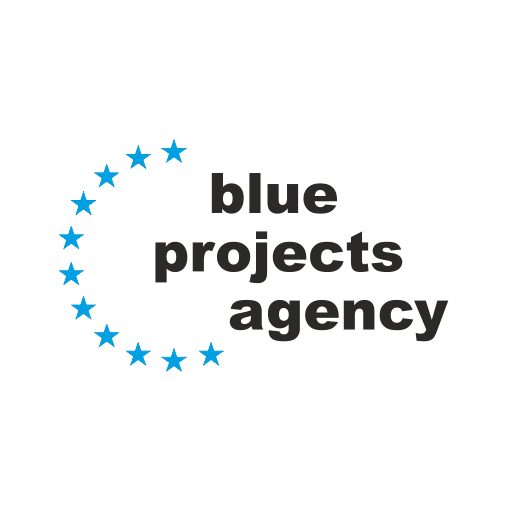The client informs BPA of its ideas for the goals and content of the intended project. At BPA, we undertake an evaluation and propose, as a written grant audit, the optimal correction to the aims in order that it corresponds to the priorities of suitable grant programmes. We introduce the client to the suitable grant programmes – in clear and comprehensible written form. We provide the client with full information about risks, deadlines and the key conditions of the grant programme.
After undertaking a detailed analysis of the grant audit together, we aim to create with the client a clear opinion as to whether it makes sense to apply for a grant for the project under consideration or not. We look for the benefits and costs. On some occasions in the past, we have come to the conclusion that it does not make sense to apply for a grant. If both sides are convinced that it makes sense to prepare an application, BPA immediately begins preparations. From this moment on, we are in the same boat as the client and we strive to acquire and retain a grant together. Generally, this is time when preparation of application is initiated. We work on a full and complete application. We are also working on a feasibility study. Together with a financial analysis, this study forms the key part of our work for the client. Whether the grant is allocated or not rests on the quality of these two documents. We then add the results of the feasibility study and financial analysis to the grant application form, now a mere formality, and we send the application to the correct address in time.
Subsequent to this, we wait for the decision of the grant provider together with the client. Yes or No? Usually Yes, because non-viable projects do not get further than the grant audit. The client then signs the Grant Agreement with the provider and implementation of the planned project can begin. Usually, we need to prepare a number of tenders. It should be taken into account that the grant recipient is using public money, which means he must follow rules determining the method for selecting suppliers. For tenders, it is good practice to describe what is going to be purchased. Generally, the client knows this better, which is why we do not say much in regard to the technical specification. We focus more on a definition of the tender process. We discuss together the qualification and selection criteria. With the client, we prepare monitoring reports during project implementation and we send these to the grant provider. Once planned stages of the project are over, we prepare detailed audit and financial reports and we ask them to send grant payments to our client’s bank account.
We advise clients how to correctly post the funds to their accounts. Working together, we systematically and regularly check that no binding rules have been broken. This would result in the withdrawal of the grant. Should the client make a visit to an inspection body, we stand by his side. We explain, clarify and defend the steps we have made.
Finally, we carefully archive everything for the client. We thank each other. And we will be happy to see each other again.
